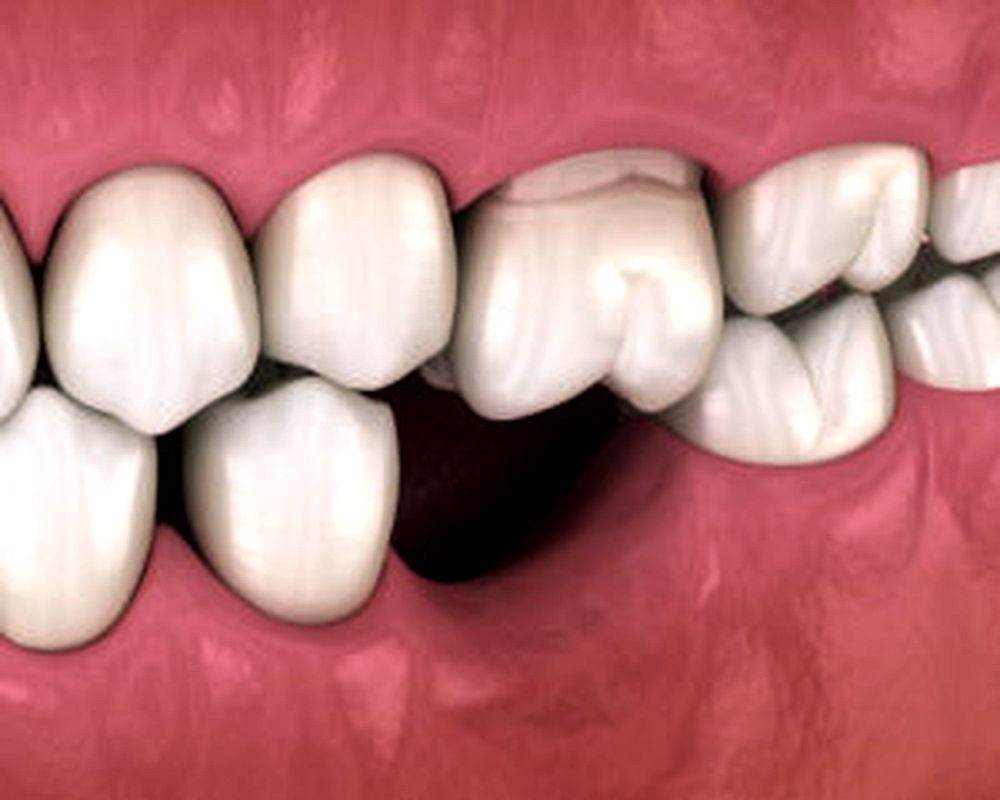The Nolla stages, introduced by C.M. Nolla in 1960, are a pivotal framework in dental science for assessing tooth development and estimating dental age.
📌 Recommended Article :
Video 🔽 Tooth Development and Eruption - Odontogenesis ... It is approximately in the eighth week that the germs of the primary teeth are formed. Primary teeth begin to erupt at approximately 6 months and end at 31 monthsThis method delineates ten distinct stages of tooth maturation, from the initial presence of a crypt to the complete formation of the root apex. Understanding these stages is essential for professionals in pediatric dentistry, orthodontics, and forensic odontology, as they provide a standardized approach to evaluating dental development.
Advertisement
A. Characteristics of Each Nolla Stage
Stage 0: Absence of Crypt
No evidence of tooth development; the dental crypt has not formed.
Stage 1: Presence of Crypt
The dental crypt becomes visible, indicating the initiation of tooth development.
Stage 2: Initial Calcification
Calcification begins at the cusp tips or incisal edges, marking the earliest formation of dental hard tissue.
Stage 3: One-Third Crown Completed
Approximately one-third of the crown's structure has formed, with dentin deposition evident.
Stage 4: Two-Thirds Crown Completed
Two-thirds of the crown is now developed, and the enamel-dentin junction becomes more defined.
Stage 5: Crown Almost Completed
The crown's formation is nearly complete, with only minor development required before full crown completion.
Stage 6: Crown Completed
The crown is fully formed, exhibiting complete enamel coverage, and root development is initiated.
Stage 7: One-Third Root Completed
Root formation progresses, with one-third of the root length established.
Stage 8: Two-Thirds Root Completed
Two-thirds of the root structure is developed, and the root canal remains wide.
Stage 9: Root Almost Complete; Open Apex
Root length is nearly finalized, but the apex remains open, allowing for continued development.
Stage 10: Apical End of Root Completed
Root development concludes with the closure of the apical end, and the periodontal ligament space attains uniform width.
📌 Recommended Article :
Video 🔽 Formation and development of the face and oral cavity (Orofacial Complex) ... The formation of the face starts from the five prominences (one frontonasal, two maxillary and two mandibular). The prominences develop giving rise to different regions of the faceB. Importance of Studying Nolla Stages
The application of Nolla's method extends beyond mere academic interest; it holds significant practical implications:
1. Dental Age Estimation: By correlating tooth development stages with chronological age, practitioners can estimate a patient's dental age, which is crucial for diagnosing and planning treatments in pediatric dentistry and orthodontics.
2. Forensic Applications: In forensic science, determining the age of unidentified remains is often essential. The Nolla stages provide a reliable metric for age estimation, aiding in the identification process.
3. Assessment of Growth and Development: Monitoring the progression through Nolla stages allows clinicians to detect deviations from typical development patterns, facilitating early intervention in cases of dental anomalies or growth disorders.
Studies have evaluated the accuracy and applicability of the Nolla method across different populations. For instance, research conducted on Romanian children revealed that the Nolla method consistently underestimated dental age, particularly in older age groups and among girls. These findings underscore the necessity for population-specific calibration of the method to enhance its accuracy in both clinical and forensic contexts.
In summary, the Nolla stages serve as a foundational tool in dental science, offering a systematic approach to assessing tooth development. Their study is indispensable for accurate age estimation, effective treatment planning, and the advancement of forensic methodologies.
📌 Recommended Article :
Video 🔽 Tooth development (Odontogenesis): 3D animated video ... The buds or shoots appear in each jaw (upper and lower) and they are responsible for forming the enamelReference
Cantekin, K., Yilmaz, Y., & Demirci, T. (2025). Evaluating the Nolla Method for Dental Age Estimation in Children: A Study on Romanian Population. Journal of Forensic Dental Sciences, 17(2), 531–544. https://pmc.ncbi.nlm.nih.gov/articles/PMC11764196/
📌 More Recommended Items
► How to identify the early signs of oral cancer
► Video: Dental Abscess in 3d
► Inferior alveolar nerve block Technique For Children - Tips and tricks









